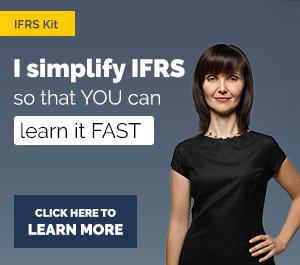IAS 37 Provisions, Contingent Liabilities and Contingent Assets
International Accounting Standard 37
Overview of IAS 37
- Issued: in 1998; followed by amendments
- Effective date: 1 January 1999
- What it does:
- It contains definitions of a provision, contingent liability, contingent asset, etc.
- It gives guidance on distinguishing provisions from other liabilities and on relationship between provisions and contingent liabilities.
- It deals with recognition of both provisions and contingencies.
- Provision shall be recognized when the following 3 conditions are met:
- An entity has a present obligation as a result of past event;
- Outflow of economic benefits to settle the obligation is probable; and
- Reliable estimate of the amount of obligation can be made.
- Contingent liabilities and contingent assets shall not be recognized.
- IAS 37 sets rules for measurement of provisions and discusses several factors to take into account in reaching the best estimate of provision:
- Risk and uncertainties,
- Present value,
- Future events,
- Expected disposals of assets.
- Standard also deals with reimbursements of provisions by another party, changes in provisions and use of provisions.
- It establishes application rules for recognition and measurement of 3 specific cases:
- Future operating losses;
- Onerous contracts; and
- Restructuring.
- Number of disclosures is required.
- In its appendices, standard summarizes main requirements of the standard in a transparent table, decision tree, examples of recognition and disclosures.
Articles about IAS 37
Questions and Answers
- How to present the financial statements when going concern does NOT apply? - this topic is very closely related to IAS 37.
- Should we create a provision for major overhauling?
- When to recognize a warranty provision - over a warranty period? In the year of sale? Why?
- Expenses for remediation of environmental damage - should you create a provision and capitalize?
- Decrease in decommissioning provision results in negative asset - should we show the negative net book value in our PPE related to the power plant?
- Provision based on a budget or orders - should we make a provision for expenses based on budget?
- Difference between provision and actual expenses - should we restate the financial statements for the previous period?
Other Resources
- IFRS Kit - learn IFRS in 150+ videos, 150+ excel case studies, quizzes, certificates
- Expected Credit Loss for Accountants - highly specialized course focused on ECL under IFRS 9 with step-by-step example related to trade receivables, many practical insights included.


